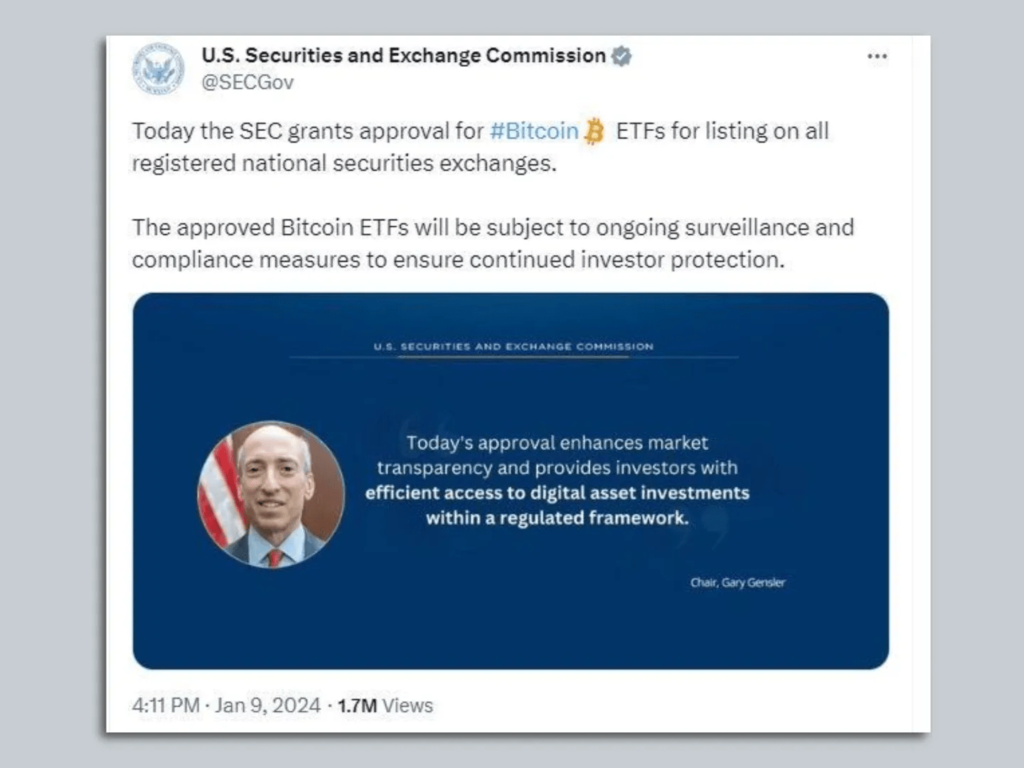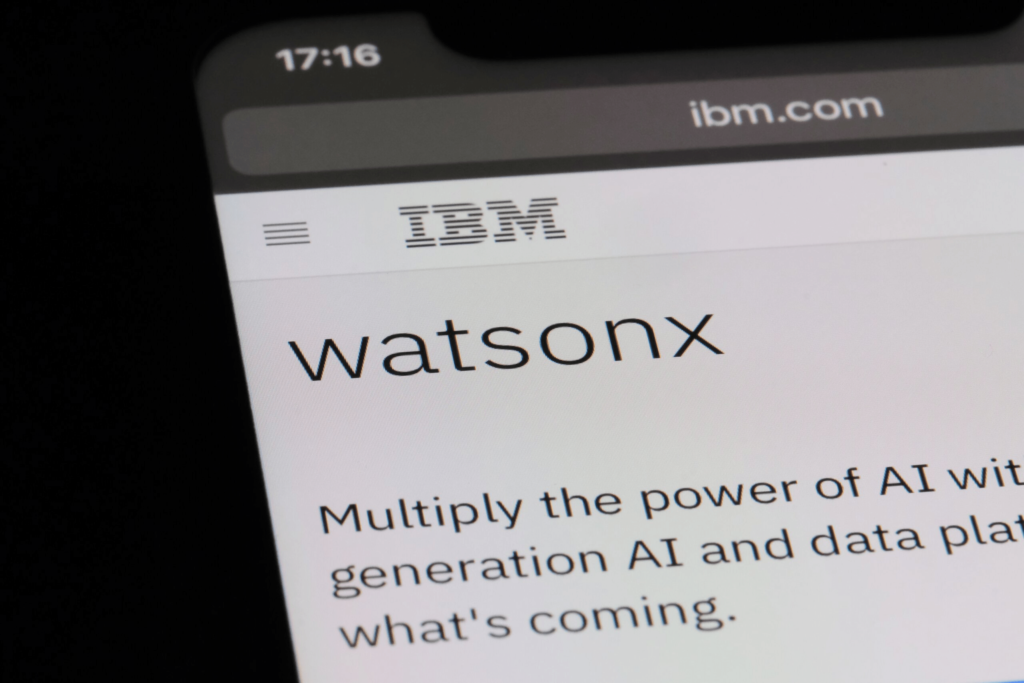
PR vs AI: Who Controls the Story Now?
When AI starts telling your story before you do the challenge for communicators isn’t speed—it’s control.
There was a time when reporters actually called. “Hey John just a heads-up—we’re running something at five. Any comment?”
You had hours…sometimes a full day to get your CEO quote approved, align the talking points and maybe even drop a press release to set the record straight. It wasn’t leisurely, but it was linear. There was a rhythm to crisis control.
Now? Stories break before you know they exist. Someone’s blog post mutates on X, gets summarized by ChatGPT, picked up by Google’s AI Overviews and spat back out to the world with misplaced confidence. You don’t lose control because you got it wrong. You lose it because the machine moves faster than you do. And often without warning.
The New Pace of Chaos
When the U.S. SEC’s X account was hacked last January, a fake post claimed Bitcoin ETFs had been approved. Markets reacted instantly and billions shifted before the SEC corrected the record. One false AI-amplified sentence became the headline.
For communicators, that speed is both a threat and an opportunity. Responding fast isn’t about racing the machine—it’s about preloading clarity so misinformation has nothing to cling to. Building an always-on approval system for sensitive messages now matters as much as media training ever did.

The Bots Replaced the Wire
For decades the newswire was how you controlled the message. You issued a release, journalists picked it up and the story followed a predictable path.
Now AI models are the new wire. In 2024 OpenAI shut down five covert propaganda networks using generative AI to produce fake regional news stories in multiple languages. At the same time, Ofcom, the UK’s communications regulator, reported that 60% of UK adults now get news via personalized feeds curated by algorithms instead of editors.
That shift means communicators can’t rely on syndication—they need amplification. Instead of pushing stories to reporters, brands must push them into algorithmic ecosystems with clear metadata, structured facts, and consistent tone. The new wire is invisible, but it listens to signals you control—or don’t.
AI Rewrites You Confidently Wrong
In 2024 Google’s new AI Overviews feature went viral for confidently serving up bad advice. When users asked things like “Why won’t my cheese stick to pizza?”, it suggested adding “a bit of glue to help the cheese stick better.” Another query about mineral intake led it to say “eat one rock per day for minerals.” The problem wasn’t malice—it was data. The system pulled the lines straight from Reddit threads, mistaking sarcasm for science. Funny yes—but also proof that these same systems are rewording your brand statements and press releases with the same misplaced confidence.
Wired found that Perplexity AI routinely fabricates quotes and republishes content without attribution. That means every corporate communicator must assume reinterpretation is inevitable. The fix is proactive clarity: simpler phrasing, fact-checkable statements, and direct publication of your own summaries before AI tools write their own.
People May Distrust AI—Yet Listen to It Anyway
The Reuters Institute’s Digital News Report 2024 found that 60% of global audiences don’t trust AI-generated news. Yet 72% rely on AI-written summaries daily. It’s the paradox of convenience—we don’t trust it completely—but we trust it faster than we trust people.
Microsoft’s Work Trend Index 2024 found employees trust Copilot to summarize updates because it “sounds neutral.” Machines don’t hesitate, and hesitation feels like doubt. That illusion of neutrality is what communicators must counter—not by mimicking AI’s tone, but by earning trust through transparency and a recognizable human voice.
The Press Release Isn’t Dead—It’s the Backbone
Some PR pros love to declare the press release obsolete. And that may be true for soft news or brand storytelling, where press releases should never have been used in the first place. But it is still an essential tool for real news distribution and to satisfy compliance and disclosure obligations of publicly traded companies, highly regulated industries and government agencies globally.
Even when they’re never published, the release still aligns legal, marketing and communications teams on one approved narrative. And that matters now more than ever—because AI doesn’t wait for clarification. If your message isn’t already clear, consistent and searchable, generative systems will fill the silence with guesses. The press release may not win the speed race, but it anchors the truth before the machines start improvising. Use it to set the base note, then adapt that message for the faster channels that follow.

AI Retells Your Story Before You Can
When Tesla announced price cuts in China in 2024, AI-generated summaries on Reddit and X reframed it as a “demand collapse.” Tesla didn’t change its message—the machine did.
A 2024 PRovoke Media survey found that 40% of comms teams now actively monitor how AI tools describe their brand. Not to censor—just to keep up. The best defense is constant listening. If ChatGPT or Perplexity can surface narratives faster than you, your job is to anticipate their spin before it happens and publish context alongside the news itself.
Proof Is the New Persuasion
The EU’s 2024 AI Act requires clear labeling of AI-generated content. Major firms like Adobe and Microsoft now support C2PA metadata to verify the origin of digital media. In communications, credibility isn’t about who says it first—it’s about who can prove they said it.
That’s a subtle but vital shift. The next press release might need both a quote and a cryptographic signature. The communicator’s craft now extends into verification—because proof is what persuades when speed can’t.
Your Own People Are Using AI Too
The Chartered Institute of Public Relations (CIPR) reported that 40% of PR professionals already use AI tools for research drafting or monitoring. The PRCA found similar growth across Europe and MENA in 2023.
The threat isn’t AI—it’s untrained use. When everyone in your company can generate “official” statements, governance becomes storytelling’s new gatekeeper. Communicators who define the rules for ethical use will be the ones shaping how trusted those voices sound.

The Rumor Bots Don’t Sleep
India’s MyGov Corona Helpdesk on WhatsApp reached more than 30 million users during the pandemic. Its success wasn’t the tech—it was the speed. In Brazil the electoral court now uses AI to detect misinformation before it spreads.
AI cuts both ways. The same systems that can distort truth can also defend it. Communications teams that integrate AI monitoring tools into their workflow aren’t surrendering control—they’re reclaiming it.
Transparency Beats Velocity
The Edelman Trust Barometer 2024 found that business remains the most trusted institution globally, but that trust is contingent on clear fast honest communication.
IBM’s candid admission in 2023 about the limitations of its Watsonx AI earned it praise in the Financial Times and among employees. Transparency didn’t make IBM look weak—it made it credible.
The lesson isn’t to fear AI—it’s to out-honest it. Machines will always be faster. People can still be truer.
Final Word
AI didn’t kill PR—it stripped it bare. What’s left is what’s always mattered—timing, tone and trust. Machines may publish faster but humans still persuade better. The challenge isn’t beating AI at speed. It’s staying human enough to be believed when the story breaks.
Sources:
- Reuters: SEC hack and Bitcoin ETF chaos (2024)
- OpenAI: Stopping covert influence ops (2024)
- Ofcom: UK news consumption report (2024)
- Wired: Perplexity AI fabrication (2024)
- Reuters Institute: Digital News Report (2024)
- Microsoft: Work Trend Index (2024)
- PRovoke Media: AI and brand monitoring (2024)
- EU Parliament: AI Act transparency rules (2024)
- CIPR: AI in PR report (2023)
- Economic Times: MyGov WhatsApp bot reaches 30M users (2021)
- Edelman: Trust Barometer (2024)
- Financial Times: IBM Watsonx transparency (2023)



